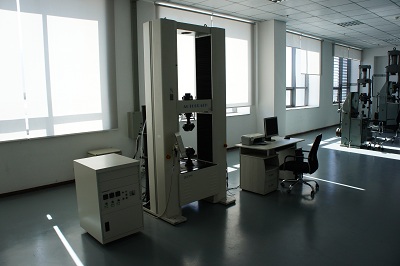
2016-11-11 Rongda test 1673 times

Detection Purpose: Test the tensile, yield, elongation and other properties of materials
Detection range: Petroleum pipeline, pressure vessel, boiler, liquefied gas tank, valve, flange, weld, carbon steel,
Tensile test Tensile test is a series of tests to determine the properties of materials under tensile load, also known as tensile test. It is one of the basic methods of material mechanical property test, which is mainly used to check whether the material meets the specified standards and study the performance of the material. Tensile test performance index The tensile properties of metals at room temperature usually include four indexes (criterion), i.e. tensile strength (& sigma; b), yield strength (& sigma; s), or specified yield strength (& sigma; 0.2), elongation (& Delta;), and reduction of area (& psi;). The first two are called strength index and the latter two are called plasticity index. The so-called strength refers to the ability of metal to resist deformation or fracture at any moment in the process of axial tensile load (P). Generally, the force (kgf / mm2) on the original unit cross-sectional area (F0) is expressed as & sigma; = P / F0; while plasticity is the elongation of gauge distance and the reduction rate of original cross-sectional area at the fracture expressed as percentage (%) after the specimen is stretched to fracture. The tensile strength of metal also includes modulus of elasticity (E), proportional limit (& sigma; P), elastic limit (& sigma; E) and rupture strength (& sigma; K). E is the slope of the linear segment of the elastic part on the tensile curve, and & sigma; P is the stress at the end of the linear segment on the tensile curve or when the metal begins to plastic deformation. Generally, the stress at the moment when the specimen reaches 0.005-0.05% of residual elongation through tensile & sigma; E is the stress at the moment when the specimen reaches 0.005-0.05% of residual elongation. GMA; K is the quotient of the specimen breaking load (PK) divided by the minimum cross-sectional area at the necking; generally, the metal yield strength is taken as the basis of component design. &Since it is not easy to measure accurately, sigma; P has been gradually eliminated and replaced by & sigma; e.
Last article: NO!
Next article: NO!